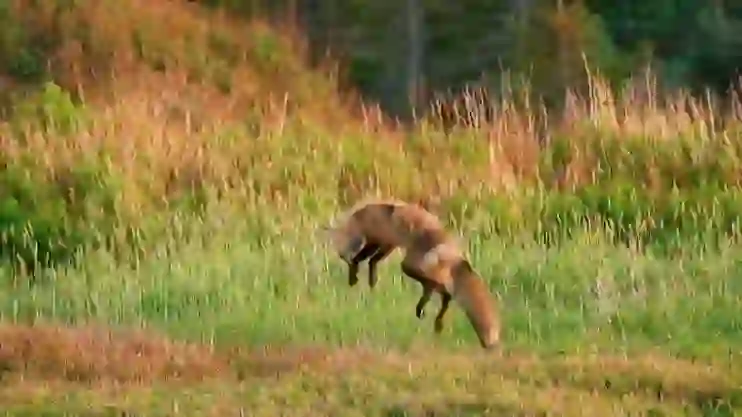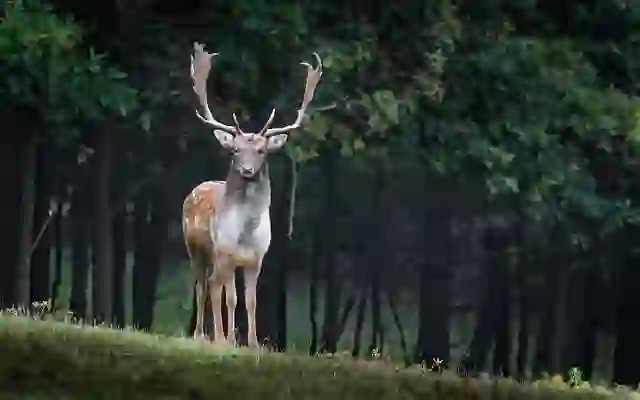
Italian Wolf
Italian Wolf
Italian Wolf
The Italian wolf, a resilient creature that has left its paw prints across the Italian peninsula. Once driven to the brink of extinction by humans, they are now making a comeback thanks to robust conservation efforts. Let's listen to the story of the Italian wolf and explore their ecology and the hope for their future.
Italian Wolf Basic Infomation
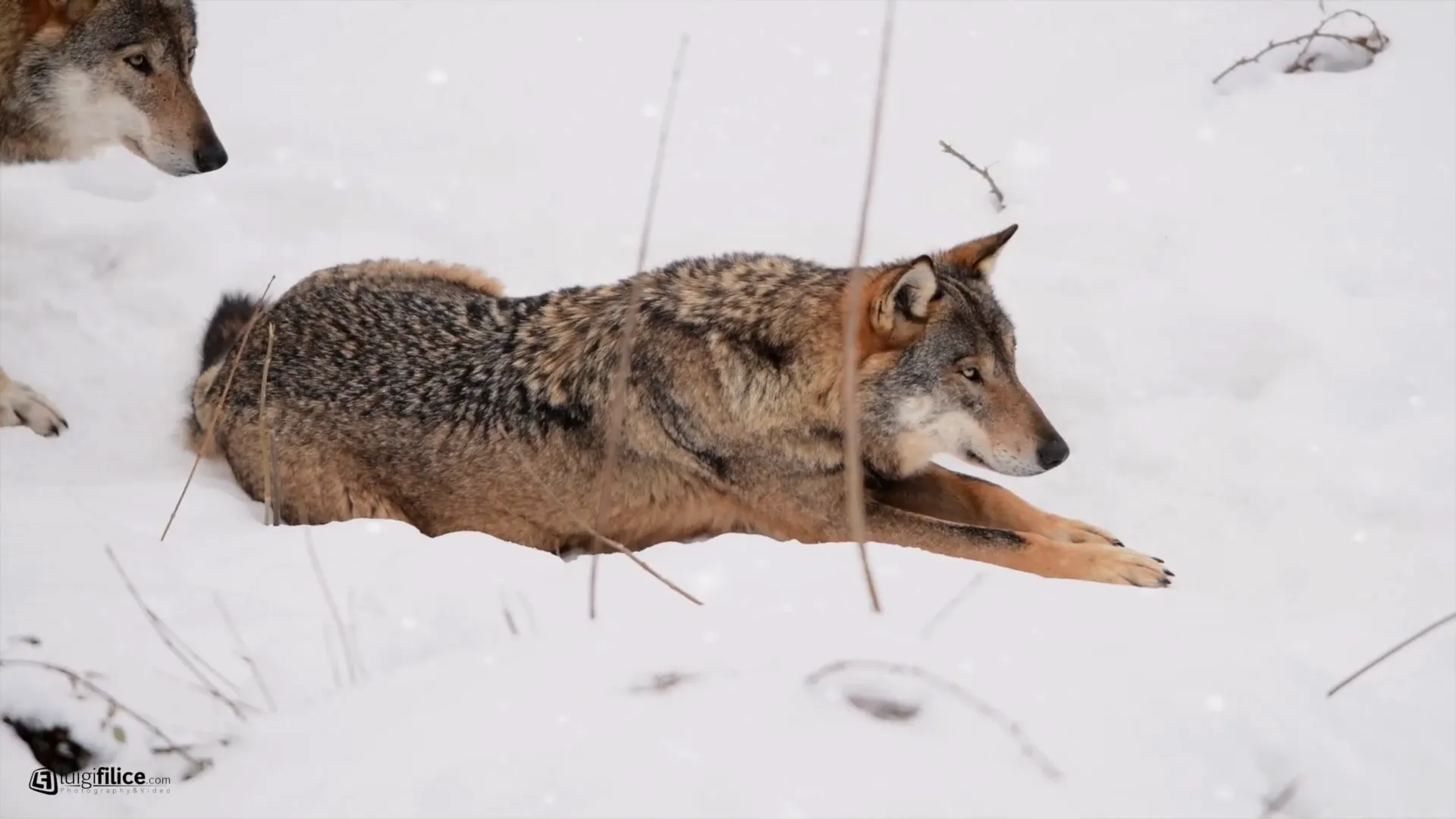
| Property | Value |
|---|---|
| Scientific Name | Canis lupus italicus |
| Taxonomic Status | ACCEPTED |
| Rank | SUBSPECIES |
| Kingdom | Animalia |
| Phylum | Chordata |
| Class | Mammalia |
| Order | Carnivora |
| Family | Canidae |
| Genus | Canis |
| Conservation Status | Least Concern |
| Species | Canis lupus |

Size
Adults stand about 24 to 30 inches (60 to 75 centimeters) tall at the shoulder and weigh about 55 to 88 pounds (25 to 40 kilograms). They are slightly smaller than other Eurasian wolves. Males tend to be larger than females.
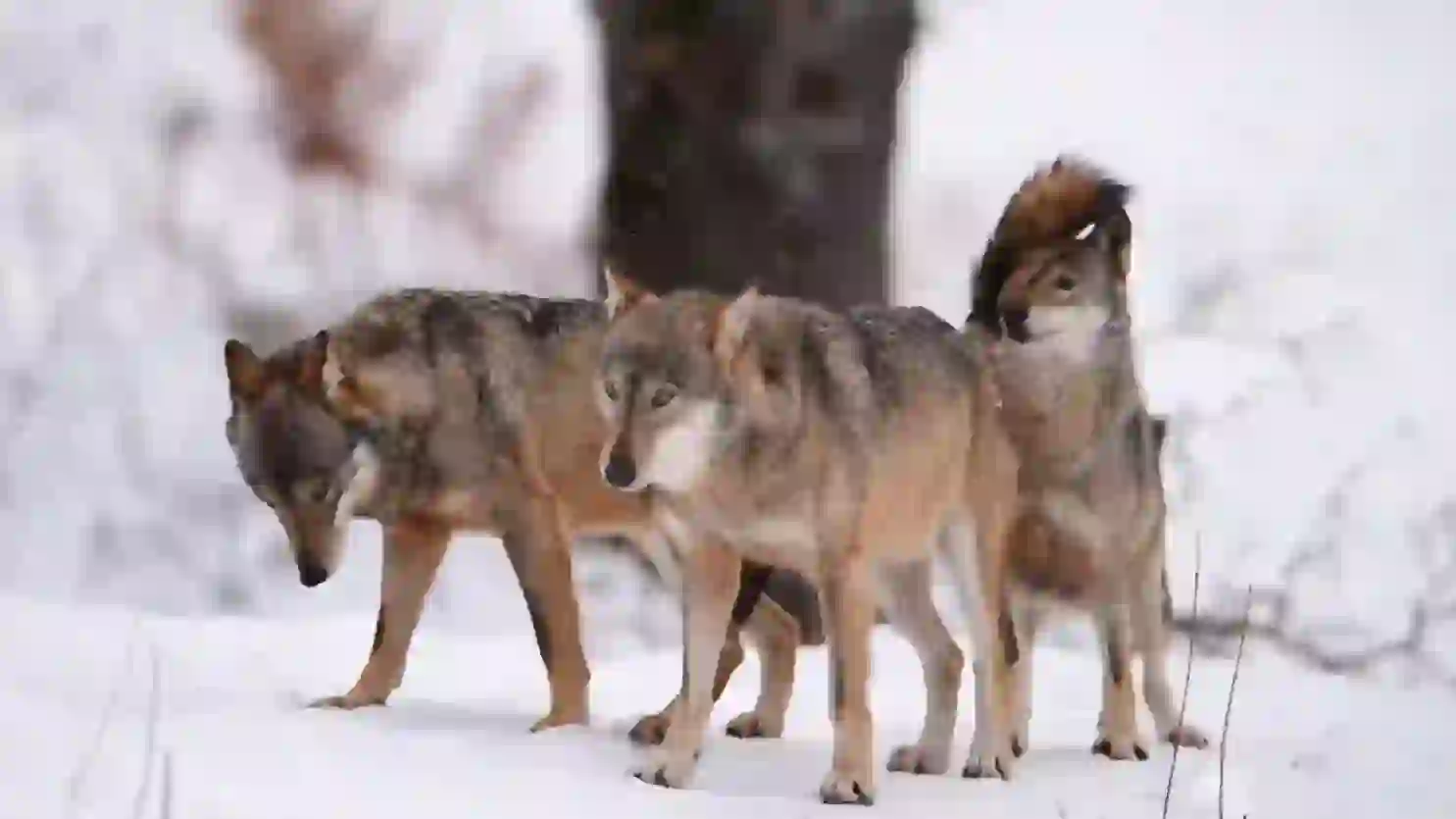
Lifespan
They live for 6 to 8 years in the wild, but they can live for over 10 years in captivity.
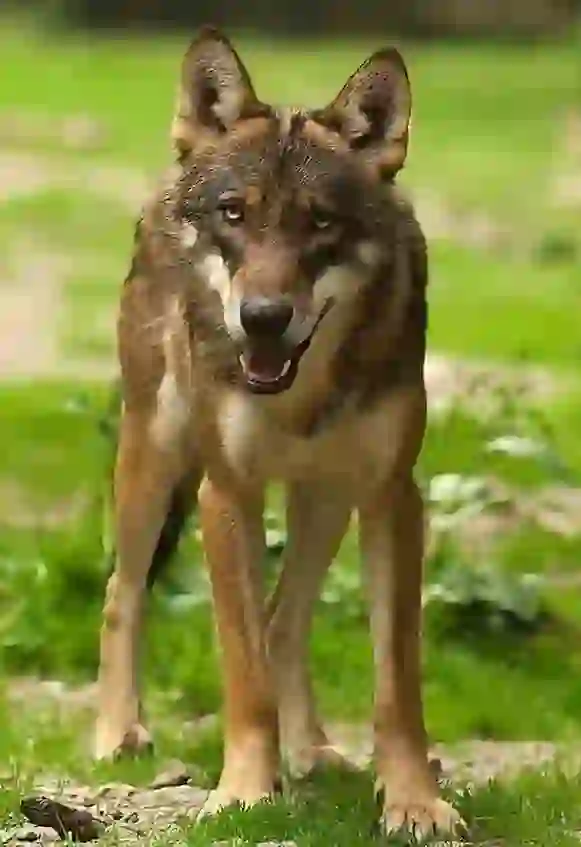
Distribution
They are found in the Apennine Mountains of Italy, extending to southeastern France and southern Switzerland. They were once widely distributed throughout Italy but are now limited to the Apennines and parts of the Alps.
Italian Wolf Q&A

What kind of wolf is the Italian wolf?
The Italian wolf is a subspecies of the Eurasian wolf, found on the Italian peninsula. They are characterized by their grayish coat, often with a mix of black and brown.
Their fur becomes thicker, longer, and paler in the winter, which helps them blend in with the snowy environment. The Italian wolf is a highly social animal, living and hunting in packs. They are known for their intelligence and complex communication methods. They use howls, body language, and facial expressions to communicate with each other.

What do Italian wolves eat?
Italian wolves are carnivores and primarily prey on deer, roe deer, and wild boar.
They hunt cooperatively in packs, allowing them to take down prey much larger than themselves. They also eat rabbits, hares, birds, and fish. In the winter, when food is scarce, they may scavenge on carrion.

Why were they on the brink of extinction?
The Italian wolf was once widespread throughout Italy, but by the mid-20th century, they were on the brink of extinction.
This was mainly due to human activities:
・Habitat destruction: Deforestation and agricultural development led to the loss of their habitat.
・Extermination as pests: They were considered pests for preying on livestock and were often killed.
・Sport hunting: Many wolves were killed for sport.
These factors combined led to a drastic decline in their population, with only an estimated 100 individuals remaining by the 1970s.

[Quiz!] How did the Italian wolf recover?
In the 1970s, the Italian wolf was on the brink of extinction, but then the Italian government implemented conservation measures to protect them.
These measures included:
・Ban on hunting: Hunting of Italian wolves was completely banned.
・Establishment of protected areas: National parks and wildlife sanctuaries were established to protect their habitat.
・Public awareness campaigns: Educational initiatives were implemented to raise awareness among local communities about the importance of Italian wolves.
These conservation efforts were successful, and the Italian wolf population gradually recovered. Currently, the population is estimated to be around 2,000 individuals.

[Quiz!] Are Italian wolves dangerous to humans?
Italian wolves generally fear humans and rarely attack them.
However, there have been a few reported cases of attacks on humans in the past. Wolves infected with rabies or those facing food shortages are more likely to attack humans. They may also attack if humans approach them too closely or provoke them. If you encounter a wolf, do not approach or provoke it, and quietly leave the area.

[Quiz!] Where do Italian wolves live now?
Italian wolves are now found in the Apennine Mountains of Italy, as well as in southeastern France and southern Switzerland.
They are adaptable to a variety of environments, including forests, grasslands, and mountainous areas. However, their habitat is shrinking due to human development. Therefore, habitat conservation is a crucial issue for their protection.

Would you like to become a part of the 'Animalbook.jp'?
Turn your knowledge into Q&A and share it with the world. ※Publication will be activated after purchase. Let's share information together!
Italian Wolf Type of List

Characteristics of the Italian Wolf
- Subspecies of Eurasian wolf
- Grayish coat color, often with a mix of black and brown
- Medium-sized
- Lithe and muscular build
- Live in packs
- Mainly prey on deer, wild boar, and rabbits
- Least Concern (LC)
Information
Congratulations! You are the first commenter!

Create Your Favorite List!
Italian Wolf
Save the animals you love! Build your own list to quickly revisit your favorites later.

Would you like to leave a comment?
※Please note: This is for the purchase of rights to post comments within the article.
Find Your Favorites!
Our shop offers a unique and attractive selection of goods themed around various animals.
Italian Wolf References
Italian Wolf Introduction of media used

LuigiFilice, CC BY 3.0, via Wikimedia Commons

LuigiFilice, CC BY 3.0, via Wikimedia Commons

Eye Am Didier , CC BY 2.0, via Wikimedia Commons

Help Enrich Our Animalbook.jp with Your Media!
We are constantly looking to expand and enrich our Animalbook.jp with amazing photos and videos of animals. If you have any media that you'd like to share, please contribute and help us showcase the beauty and diversity of the animal kingdom. Your submissions will be credited and featured in our encyclopedia, reaching a wide audience of animal lovers.



